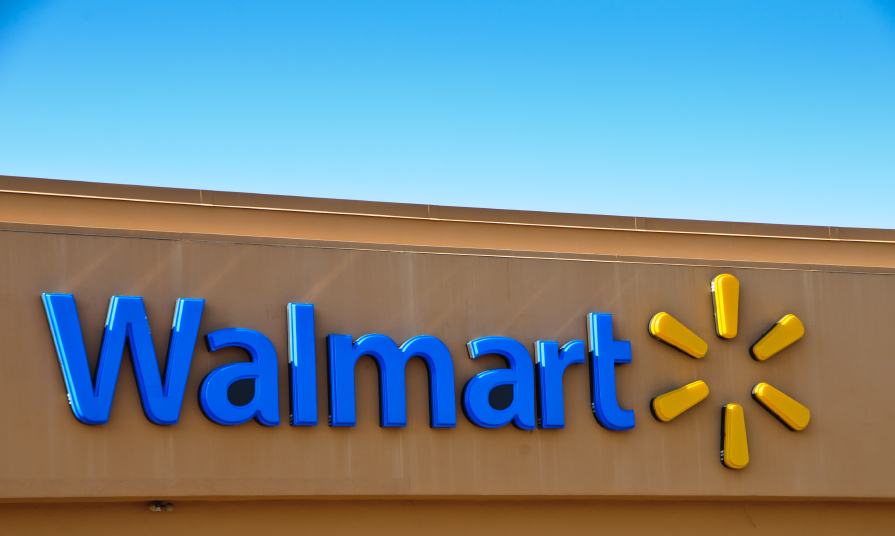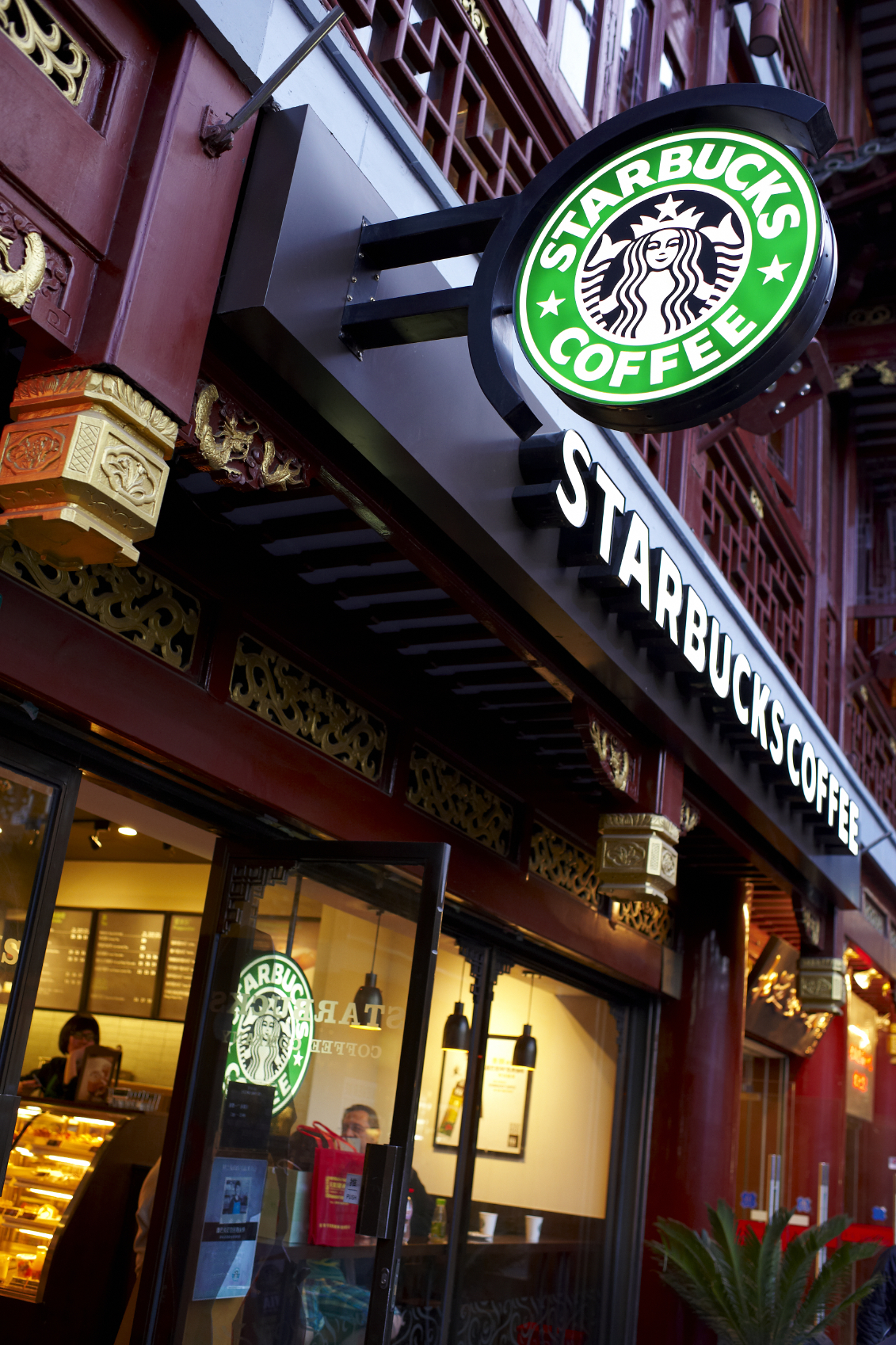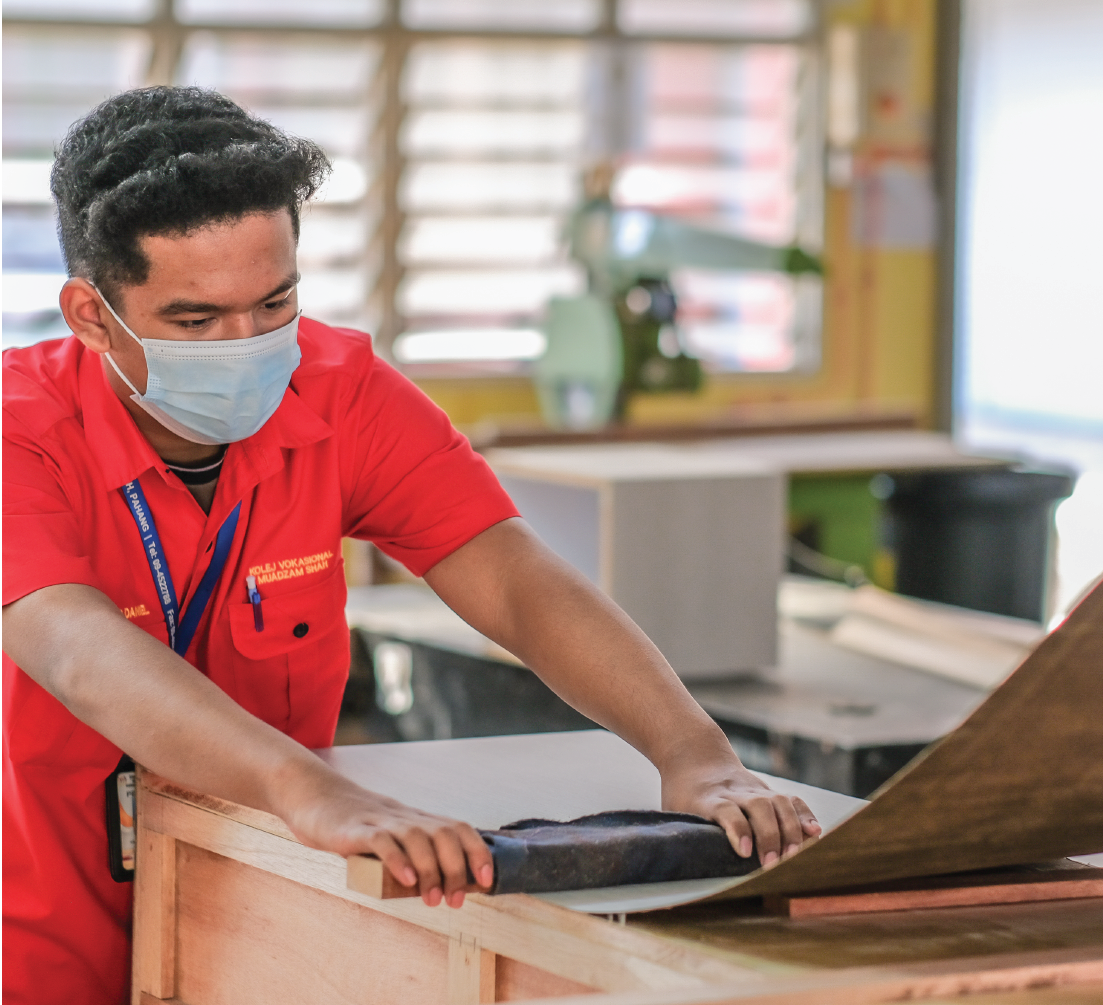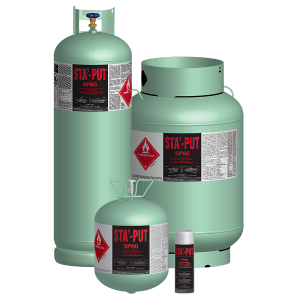
Adhesives in Today’s Sign Industry
By Andrew Morris and as printed in SignBuilders publication and Multibriefs.
Advancements in adhesive technology and the constant innovation in the use of existing adhesives, materials, and techniques have resulted in fast paced change in the sign industry. One such advancement is the use of structural adhesives as an alternative to welding or other mechanical fasteners. Although this practice has been in use for many years, its advantages over mechanical fastening are not widely known. As awareness of these techniques and their advantages spread, more and more fabricators are adopting the use of structural adhesives. The rise of LED technology in the sign industry and in industry as a whole, has led to the adoption of potting and encapsulation materials to mount and protect LEDs. As demand for LED technology increases, awareness and utilization of these materials will be more commonplace. Presently, only those who specialize in LED production and installation are familiar with the adhesive technology available for this application. On the other hand, the use of sealants, anchoring adhesives, adhesive tapes and cyanoacrylates or “super glues” has been commonplace for decades. Despite this, many sign builders still rely on mechanical means of fastening and could benefit from the reduced costs, improved performance and aesthetic appeal of these time-tested adhesive alternatives. Overall, a firm understanding of new and well-established adhesive applications is key to reducing costs, and staying competitive in today’s turbulent market place.

LED technology is becoming increasingly important in the sign industry. From computers and TVs to smart phones, today’s consumers are inundated with high resolution moving images. A beautifully designed sign may no longer be sufficient to capture the attention of the modern consumer. High resolution, color LED signs may be necessary to compete in today’s high-tech environment. Potting and encapsulation are probably the best solutions for the protection of LED components. Potting is the process of engulfing a component or assembly with a solid or gelatinous material. This process offers many potential benefits including heat dissipation, UV resistance, shock absorption, protection from moisture, enhanced light transmittance, chemical resistance, ease of use, and ease of repair. There are many types of materials utilized for potting and encapsulation such as urethane, epoxy, and acrylic. Silicone is probably the best material for use with LEDs because of its non-reactivity, low glass transition temperature, and the availability of optically clear and non-yellowing formulations. Some formulations of silicone are considered corrosive and can degrade the LED over time, so one must be careful to select the proper silicone product. Silicones are available in a wide range of durometers (hardness) from gels to roughly the hardness of a pencil eraser. Silicone gels are interesting in that the potted components are still accessible should repairs become necessary. These gels are easily repaired and some formulations are self-healing for easy maintenance or modification. Most silicone potting compounds come in two part systems consisting of a base and catalyst. Some silicone potting compounds are available in integrated cartridge dispensing systems much like those utilized for structural adhesives. These systems consist of an adhesive cartridge, a manual or pneumatic dispense gun, and a static mixer or “mixing tip”. In these systems, the material is mixed as it is dispensed for fast production and ease of use.
The fabrication of channel letters is an important part the sign industry. Conventional techniques of channel letter fabrication consist of cutting the raw materials, usually aluminum, into the desired shapes, and assembling the letters, using screws, rivets, or welding. These techniques of mechanical fastening present some key disadvantages. Welding, for instance is a costly, time-consuming process requiring specialized training, and extensive post production clean up. Welding often results in burned, or distorted substrates that need to be reworked further. Screws and rivets often require additional design of joints and raw materials for tongues or flanges. They also present the need for pre drilling, or filling in screw heads.

Chemical Concepts, an adhesive distributor in the Philadelphia-area, developed an innovative system for assembling channel letters using just adhesives. One hurdle in the use of structural adhesives is the time required until a load bearing strength is achieved. With welding, full strength is achieved almost instantly. Though methyl methacrylate or “acrylic” adhesives can cure rather quickly, the handling time, or the time required until a bonded piece can be moved without separating, is usually around ten minutes. To compensate, special acrylic based hot melt adhesives are employed as a “clamp down” device to hold the pieces in place as the structural adhesive cures. This system has many advantages. It requires no specialized training, and very little surface preparation. The result is aesthetically pleasing with no damage to the substrate. Stress is evenly distributed across the bond line instead of concentrated on small areas resulting in greater overall strength. The associated equipment is less expensive in addition to great cost savings in time and labor. In addition, this process allows for the use of thinner sheets of aluminum, reducing costs in materials.
Not all acrylic adhesives are created equal. Certain acrylic adhesives have great resistance to high temperatures. If a powder coated finish is desired, the fabricator must be careful to select an adhesive that can withstand the temperatures associated with this process. These adhesives are also available in different formulations that allow variable working times. Acrylics are available that have a working time as short as two minutes and as long as forty-five minutes. This is most useful when working which larger pieces, where more time is required to apply the adhesive before two pieces can be joined. It is important to note that, unlike epoxies, the speed at which an acrylic adhesive cures does not have a significant impact on the final strength of the bond. A common mistake when using adhesives is to push the two substrates together with too much force. This can squeeze out the glue from between the surfaces and result in an inadequate bondline thickness. To prevent this, some adhesive manufacturers have created products with tiny micro beads of glass mixed in to the material. These beads are of a certain thickness to ensure an adequate bondline thereby reducing the occurrence of human error. These beads also function as ball bearings to aid in the repositioning of parts.
The installation of channel lettering can also be accomplished with adhesives. First, surface mount fasteners are bonded to the back of the letters. These provide a female nut and replace stud welding or drilling. Then, threaded rods, of the desired length are attached to the studs. A threadlocking material can be used for added strength. Holes are drilled into the wall and filled with an epoxy or anchoring adhesive. Though 100% silicones are often employed or recommended for this application, a true structural adhesive should be selected for best results. Finally the sign is pushed into the drill holes, either flush mounted or using a stand off for consistent spacing from the wall. For internal applications with lighter loads, double sided acrylic foam tapes are used. These provide an excellent bond with a clean look and easy installation. The presence of foam is excellent for dissimilar substrates as it allows for differences in thermal expansion in the joint.
There are innumerable uses for adhesives in the fabrication of signs. When it comes to using adhesives, the most important tool is knowledge. Selecting the right adhesive for the job is usually the difference between failure and success. There are many considerations when selecting an adhesive — substrate chemistry, temperature, joint design, working time, cure time, color, surface preparation, thermal expansion, local ordinances, and safety. It is important to learn about the basic types of adhesives and their characteristics. Adhesives can be roughly divided into the designation “structural” or “non-structural”. A structural adhesive is simply a material with sufficient strength to bear a considerable load. They can be further divided into groups such as acrylics, anaerobics, contact adhesives, cyanoacrylates, epoxies, hot melts, emulsion adhesives, rubber cements, urethanes, solvent adhesives and sealants in addition to other less common types. A working knowledge of industry standard substrates and their respective properties is also beneficial. Though necessary surface preparation is often minimal, “clean, dry and rough” is a good rule of thumb for a strong bond. Joint design should also be considered, as design principles for an adhesive bond often differ from those used in mechanical bonds. Adhesives joints are designed to maximize surface area and to minimize exposure to peel and cleavage stresses. One should note that many adhesive manufacturers and distributers offer free consultation on the selection and application of their products.
The use of LED potting materials and structural adhesives has already had a huge impact on the industry. Those companies who remain at the forefront are able to obtain new business. Adhesive technology and new applications thereof are constantly being developed. As the trends and demands of the sign industry change, so too will the means of construction and installation. Adhesives represent a total cost savings. Increased familiarity with these chemicals and their usages can only serve to improve the end product and boost profit margins. An ongoing education on your adhesive products and practices is truly a worthy investment.


